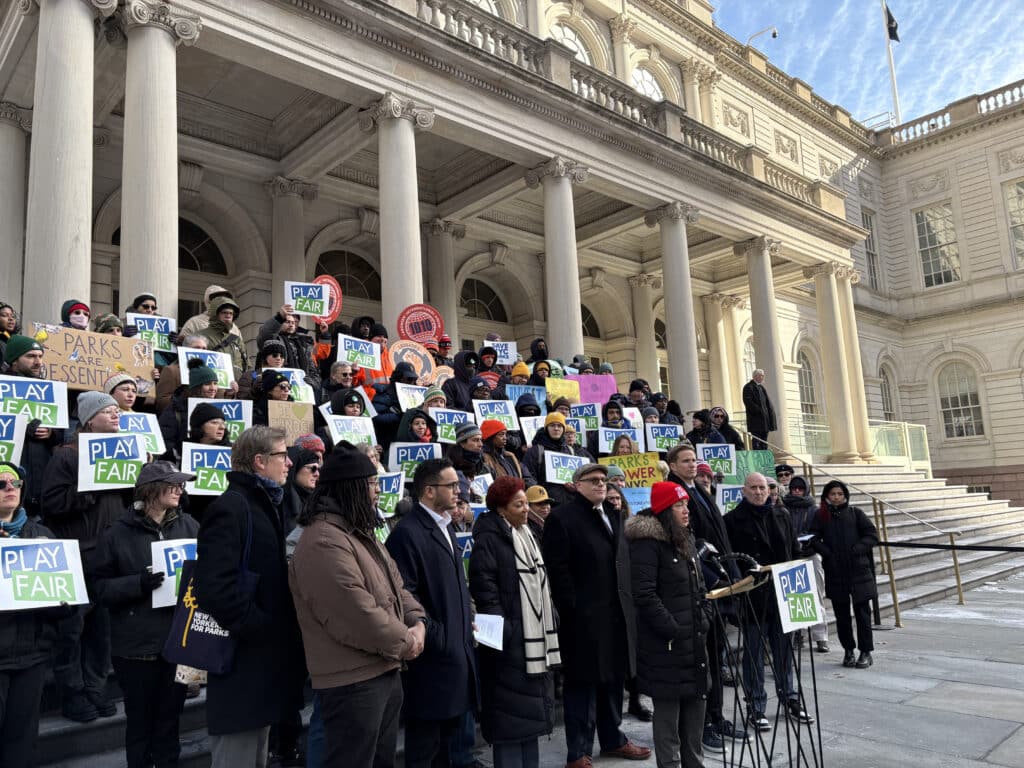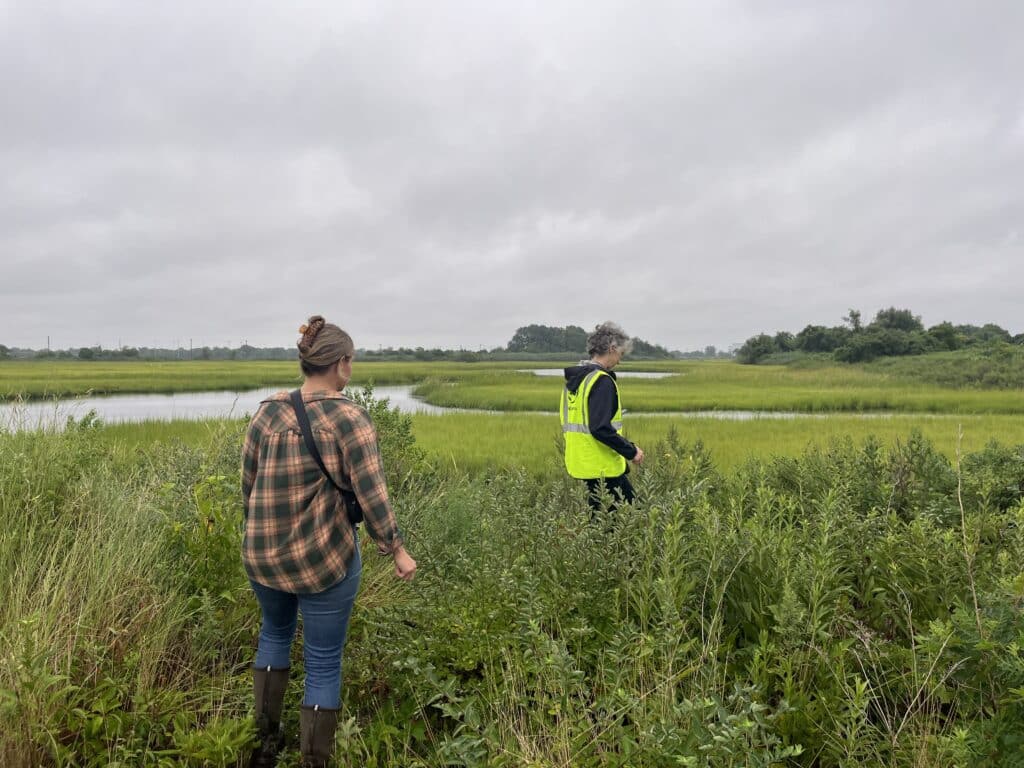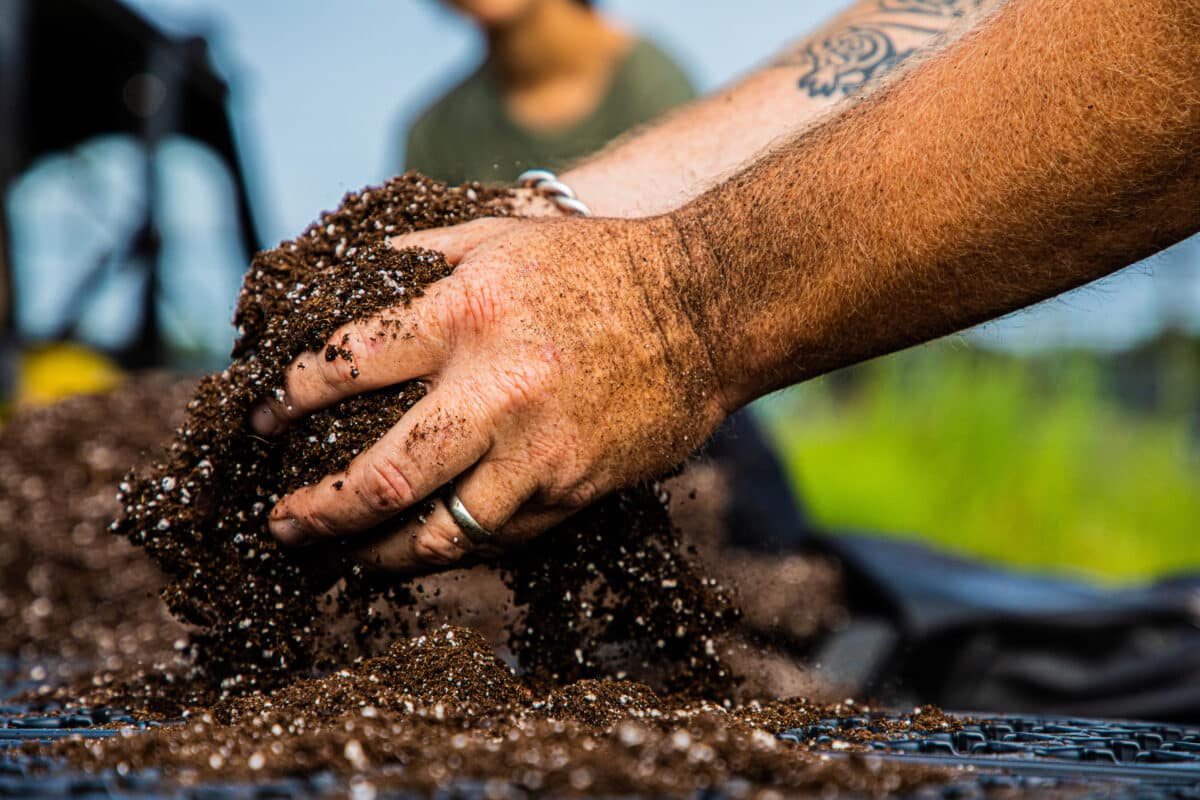Not by Trees Alone: Centering Community in Urban Forestry
By Lindsay K. Campbell, Erika S. Svendsen, Michelle L. Johnson, Sophie Plitt
By Lindsay K. Campbell, Erika S. Svendsen, Michelle L. Johnson, Sophie Plitt
This paper provides a review of literature that seeks to address dimensions of equity in urban greening. It then offers three themes and related, guiding questions that can help advance that work:
This paper makes specific suggestions that the field of urban forestry draw upon a community forestry ethos as we center the needs, capacities, and priorities of historically marginalized communities at the heart of the work of creating more just, sustainable cities.
Journal: Landscape and Urban Planning

Urban stormwater management is a growing challenge in the face of climate change, especially in cities like New York with aging gray infrastructure and increasing impervious surfaces. This report, “Reducing Runoff: The Role of Urban Natural Areas in Stormwater Management,” presents a comprehensive analysis of how urban natural areas, including ...

Urban natural areas are crucial for enhancing city livability and environmental health but are often overlooked, underfunded, and missing formal protection, which leads to loss of ecological benefits, missed opportunities for community engagement and nature access, and overall loss of natural areas. Governance structures for urban forested natur...

In New York City, tidal wetlands are a critical part of coastal resiliency and provide numerous ecological and social benefits. State and federal wetlands mitigation regulations require that development resulting in wetland impacts offset those losses through wetland creation, restoration, and enhancement – with a ...
